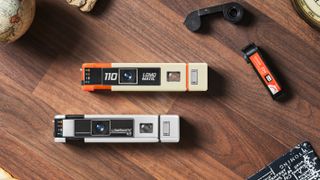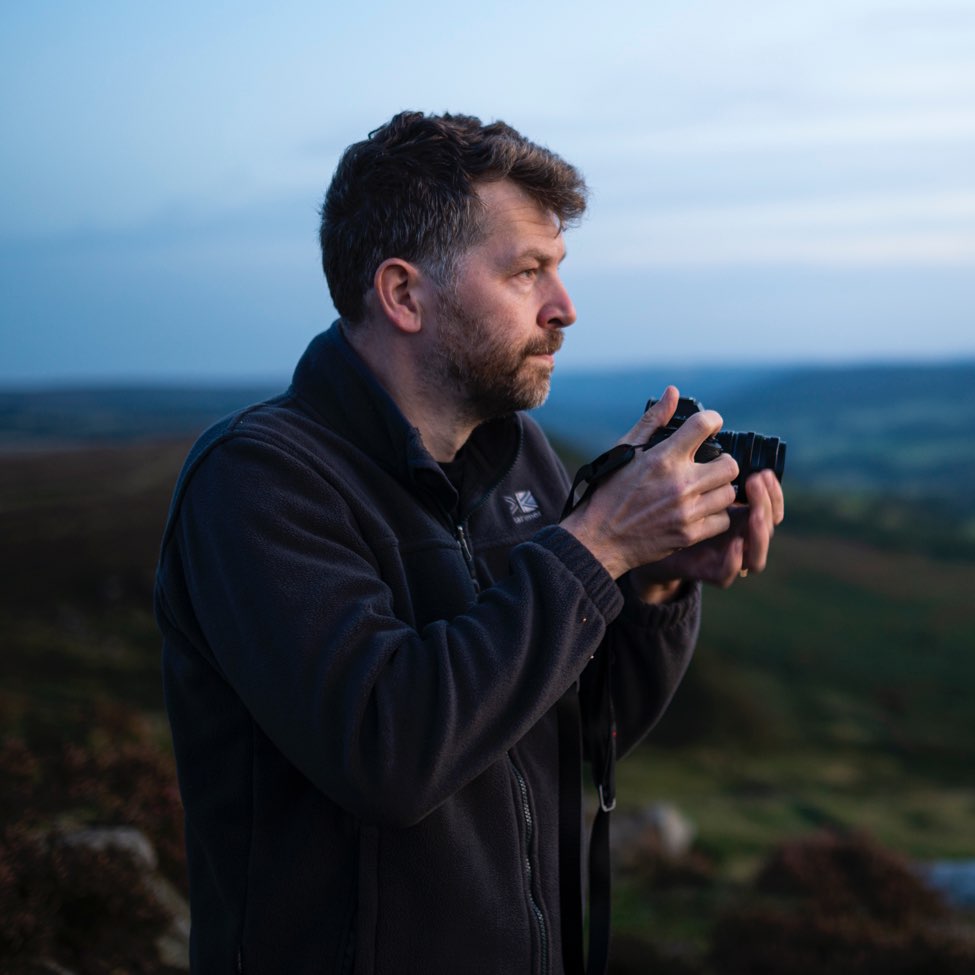The Lomography Lomomatic 110 is an eye-catching, simple-to-use and well-made camera, but sadly the 110 film format struggles to keep up with the modern world.
Pros
- +
A brand-new film camera
- +
Easy to use
- +
Compact design is great for traveling
Cons
- –
110 film is expensive for just 24 exposures
- –
Processing is even more expensive, especially with prints and scanning included
- –
The quality of 110 film is a significant drop in quality compared to 35mm film
Why you can trust TechRadar We spend hours testing every product or service we review, so you can be sure you’re buying the best. Find out more about how we test.
One-minute review
With simple-to-use controls and easy-to-load film, the Lomography Lomomatic 110 camera is a fun introduction to the world of shooting film. The retro bright-orange design, or the more stylish silver option, will appeal to those who shoot on film as much for the retro-trend factor as for the aesthetics of the images.
The camera comes with limitations, though, and these come down not to the camera itself, but from the use of 110 film. The small format is half the size of a 35mm film frame, which means even a 6 x 4-inch print severely magnifies the limitations of the format.
So while the camera itself is hard to fault, the film format to which it’s intrinsically linked means it’s hard to recommend unless the extremely low-fidelity aesthetic is what you’re looking for.
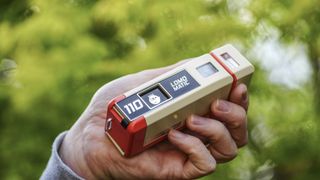
Lomography Lomomatic 110 Camera: design
Taking the Lomomatic 110 out of my pocket and raising it to my eye caught people’s attention wherever I was. The vivid orange and taupe color combination was as equally eye-catching to my children as it was to complete strangers, with a few staring and wondering what the strange-looking contraption was.
Lomography Lomomatic 110 price and release date
The Lomography Lomomatic 110 has a list price of $99 / £89 without the flash unit, and is available now on the Lomography website. The version with the flash module is available to pre-order and costs $119 / £109. The metal-bodied version is only available with the flash module, and is also available to pre-order, priced at $150 / £149.
For Australia and other regions, prices are as quoted in US dollars. Delivery charges will vary depending on location.
That said, to anyone who remembers 1980s 110 cameras, the design, if not the color scheme, will be familiar. Back then the design was heralded as a pocketable everyday camera for the masses that was simple to use, and the Lomomatic 110 still easily fits in the pocket of a pair of jeans, even if that’s not such an impressive feat these days, when the move to digital has made many cameras, as well as other tech smaller. Measuring approximately 1.6 x 1.4 x 5.5 inches / 40 x 35 x 140mm, the camera is about the same size as a Kit Kat Chunky (sorry non-UK readers, but think big chocolate bar). It can be made shorter by unscrewing the flash unit, which takes it down to about 4.3 inches / 110mm.
Loading the 110 film cartridge is simple: the back of the camera swings open, you slot the film in place, and you can then start taking photos. There’s no manual or automatic film wind-on – instead, you extend the camera and close it again, which advances the film to the next frame.
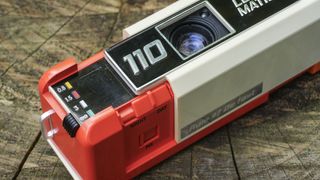
Extending the camera effectively turns it on (it’s powered by a CR123A battery), uncovers the 23mm lens (more on this later) and reveals the simple controls. On top of the camera there’s a shutter button, a button to activate Bulb mode, and another to cycle through the film ISO options: 100, 200 and 400, which are about the only speeds you’ll find available at the time of this review.
Focusing is done via manual scale control, and there are four options: 0.8m, 1.5m, 3m and infinity. Underneath these is the option to switch between Night and Day mode, which switches the aperture of the lens between f/2.8 and f/5.6. The shutter speed is then calculated automatically by the camera’s built-in light meter, which has an exposure time range of 30 sec to 1/250 sec.
The flash module is similarly simple to use, with a thumbwheel allowing it to be easily screwed and attached to the main camera. There are three power options: daytime, night and off. The daytime option adds a touch of fill-in flash for portraits on sunny days, while for night shots the flash will be the main light source. If you want to get retro with your camera there’s a selection of tiny color filters that you can slide into a slot in front of the flash to tint your images.
Once you’ve put your film in and are set up, the only real consideration before you take each image is to remember to set the focus distance. This was a lot easier to remember than I thought it would be; with each roll of film only having 24 images on it, you naturally slow down and think before you take a shot.
Lomography Lomomatic 110 Camera: performance
As this is a film camera, there’s not much to say about image quality, as this is to a large degree dependent on the film you’re using, as well as the limitations of the lens. However, we can talk about the 110 film format. It is a very simple-to-use format, with the cartridge slotting in very easily, and winding on achieved by taking a shot, then compacting and then expanding the camera. There are still a handful of companies producing 110 films, including Lomography. Expect to pay a heavy premium for those 24 exposures, though, with a 110 cartridge cost between £8-12/US$8-12. Then there is the size of image 13 mm × 17 mm (0.51 in × 0.67 in), which is roughly half the size of a 35mm film frame.
As the film frame is half the size of a 35mm, or full-frame, camera, the 20mm focal length lens has the same field of view as a 40mm lens if you were using a full-frame camera. This is quite a standard focal length for a 110 film camera, as it offers a fairly natural field of view in comparison to human vision, but you can struggle a little if you want to take in broader vistas.
Developing the film was straightforward. There are still numerous postal processing services in the UK, and I was even able to drop my film into my local photo lab for next-day development and printing – it’s been a while since I experienced the excitement of picking up a roll of film and seeing my images for the first time.
Sadly, while the camera is very good, the 110 film format isn’t, and it never has been. The size of the negative is too small to produce a good print. Producing a standard 6 x 4-inch print from 35mm film is not problem, but for 110 it’s pushing the small film to its limit. I could see that the Lomomatic lens is sharp enough in the centre, but the film can’t keep up.
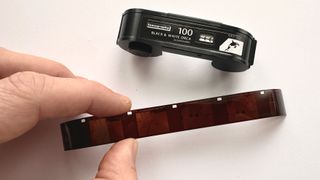
The other downside is that the magnification factor also magnifies any dust that’s on the negative, so tiny specs are rendered as huge marks on your images. Some labs may be able to account for this, and many will offer an additional dust and scratch removal service, but if you want to scan your prints for use on social media, expect to spend a lot of time retouching them.
Of course, if you want a very retro-looking image then 110 film delivers, but it delivers too well. Yes you have the character of shooting on film that’s so popular in 2024, but you also need to be prepared for how huge the drop-off in quality is, and all the time spent dealing with dust and scratches.
Should I buy the Lomography Lomomatic 110 Camera?
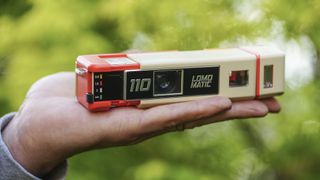
Buy it if…
You have the time and patience for it
A camera like the Lomomatic 110 encourages you to slow down your photography, and you’ll need to wait to see your printed images.
You like shooting on film
Film is fun. There is some guesswork and trust involved, you can have happy accidents that won’t be repeated, and it’s less clinical than shooting with a digital camera.

